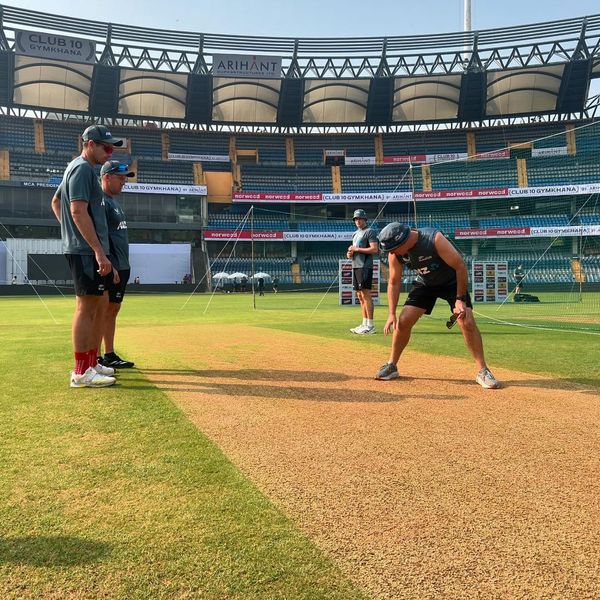How could lower tariffs open a window for Pakistan to boost US exports?
Experts say duty of 19%, compared to 50% on Indian goods, provides an opportunity to increase agriculture, textile, and machine exports to US
Business Desk
The Business Desk tracks economic trends, market movements, and business developments, offering analysis of both local and global financial news.

Pakistan’s exports to the US are mainly low-value manufactured goods, with textiles and apparel accounting for 76.8% of its total exports in 2024
Pakistan could emerge as a major beneficiary of the United States’ new reciprocal tariff regime, which has imposed a 50% duty on most Indian goods while keeping Pakistan’s rate at 19%, according to a recent analysis by the Pakistan Business Council.
The 31% tariff advantage is expected to make Pakistani products significantly cheaper for US importers, creating fresh opportunities in key sectors, particularly textiles, agriculture, and engineering goods.
India’s exports to the United States are roughly 17.8 times Pakistan’s and are dominated by high- and medium-value products such as pharmaceuticals, electronics, and engineered goods. In contrast, Pakistan’s export basket remains heavily concentrated in low-value manufactured goods, with textiles and apparel accounting for 76.8% of its total exports to the US in 2024.
Opportunity in the textile sector
Textiles are at the heart of Pakistan’s potential gains. Analysts estimate that the 14 major textile product lines where US imports from Pakistan already exceed $50 million each have a combined market gap potential of $715 million to $2.86 billion, depending on how much US demand shifts away from India.
Among the top 20 textile categories exported by Pakistan to the US, 18 are projected to be cheaper than their Indian counterparts under the new tariff structure. Items such as women’s track suits, women’s trousers and shorts, and sweaters and pullovers show per-unit price advantages of $21.68, $13.21, and $11.84, respectively.
Toilet and kitchen linen, bed linen, and T-shirts and tank tops are also expected to benefit from the tariff advantage.
The council has urged the Ministry of Commerce and industry associations to launch targeted campaigns aimed at U.S. buyers and retailers, emphasizing Pakistan’s tariff advantage and reliability as a sourcing partner.
Agriculture and engineering
Agriculture accounted for 15% of Pakistan’s exports to the US in 2024. While Pakistan exports 94 agricultural product lines to the American market compared to India’s 397, 15 of its top 20 agri products are expected to be cheaper than Indian alternatives post-tariff.
High-potential items include frozen fish fillets, dried fruits, and black tea. However, export volumes for these products remain limited.
In engineering goods — representing only 3.86% of Pakistan’s total exports to the US — 14 of the top 20 categories are also expected to gain a price edge. Products such as DC motors, electrodiagnostic apparatus, and indicator panels with liquid-crystal devices exhibit significant per-unit price differentials but currently register less than $10 million in exports.
Policy recommendations
Analysts recommend that Pakistan capitalize quickly on its current tariff edge. They suggest scaling up textile production, enhancing quality standards, and diversifying into agricultural and engineering exports.
The government is also urged to provide incentives and technical support for high-potential products — including specific fish fillets, dried fruits, premium teas, and engineering goods — while strengthening the branding of Pakistani Basmati and other rice varieties as premium alternatives to Indian rice.
Experts also caution that the analysis remains theoretical, as shifting supply chains takes time and depends on production capacity, quality consistency, and long-standing trade relationships. The per-unit price advantage may also not fully capture brand value or product complexity, in which India maintains a strong foothold.
Moreover, US tariffs on Indian goods remain a developing issue. New Delhi and Washington are reportedly in talks to reach a trade agreement that could lower India’s current 50% tariff rate.










Comments
See what people are discussing